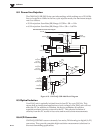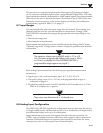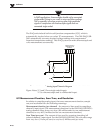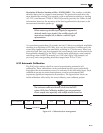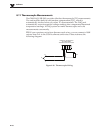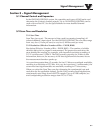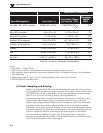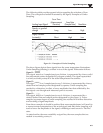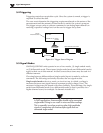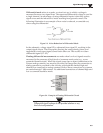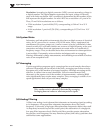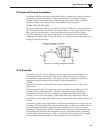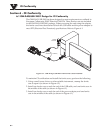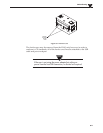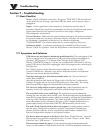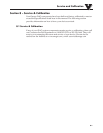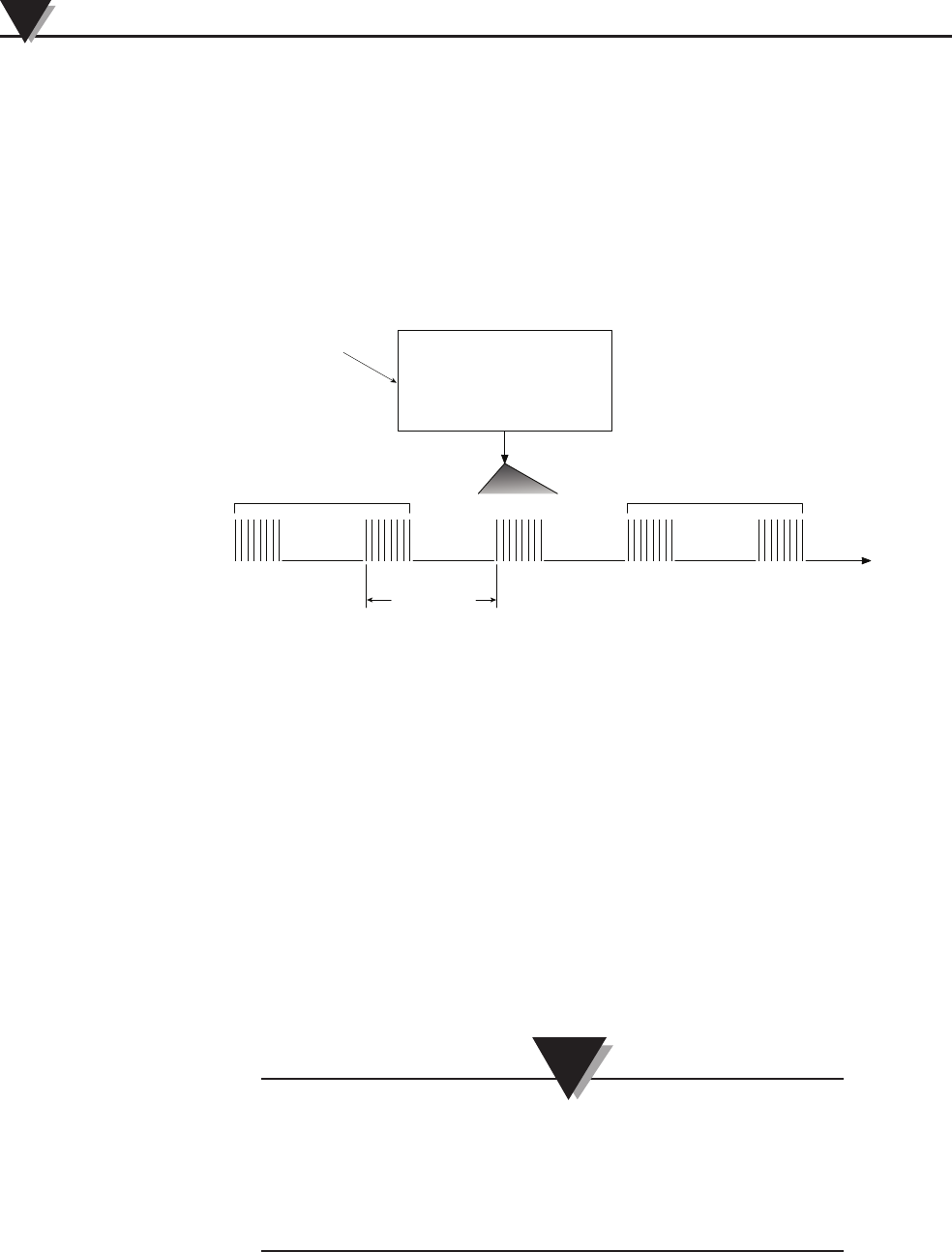
5.4 Triggering
Triggering controls an acquisition cycle. Once the system is armed, a trigger is
required to collect the data.
The user must determine the triggering requirement based on the nature of the
measurement and the amount of data needed to satisfy the system’s purpose.
The trigger source can be a software command or an analog input channel on
reaching a specified voltage level can be used to trigger the system.
Figure 5-2. Trigger Source Diagram
5.5 Signal Modes
OM-DAQ-USB-2401 units operate in one of two modes, (1) single-ended mode,
or (2) differential mode. These terms (single-ended mode and differential mode)
apply to their use in this manual. In other sources these terms may be used in a
different manner.
Choosing between differential and single-ended inputs is made by software
command. The following text briefly describes the two signal modes.
Single-ended mode refers to a mode, or circuit set-up, in which a voltage is
measured between one signal line and common ground voltage (Vcm). The
measured voltage may be shared with other channels. The advantage of a single-
ended non-differential mode [over differential mode] is that it provides for a
higher channel count, for example: 16 channels instead of 8.
In DAQ applications, thermocouples should not be connected
single-ended. Doing so can result in noise and false readings.
This is especially true when acquiring other high-amplitude
signals in conjunction with thermocouple signals that are
connected single-ended.
Signal Management
5
5-4
- FALLING
TYPE OF
TRIGGER SOURCE
IMMEDIATE
START TIME
TRIGGER EVENT
TIME
SCAN PERIOD
SCAN GROUP
POST-TRIGGER SCAN COUNT
CHANNEL VALUE - RISING
NOTE:



